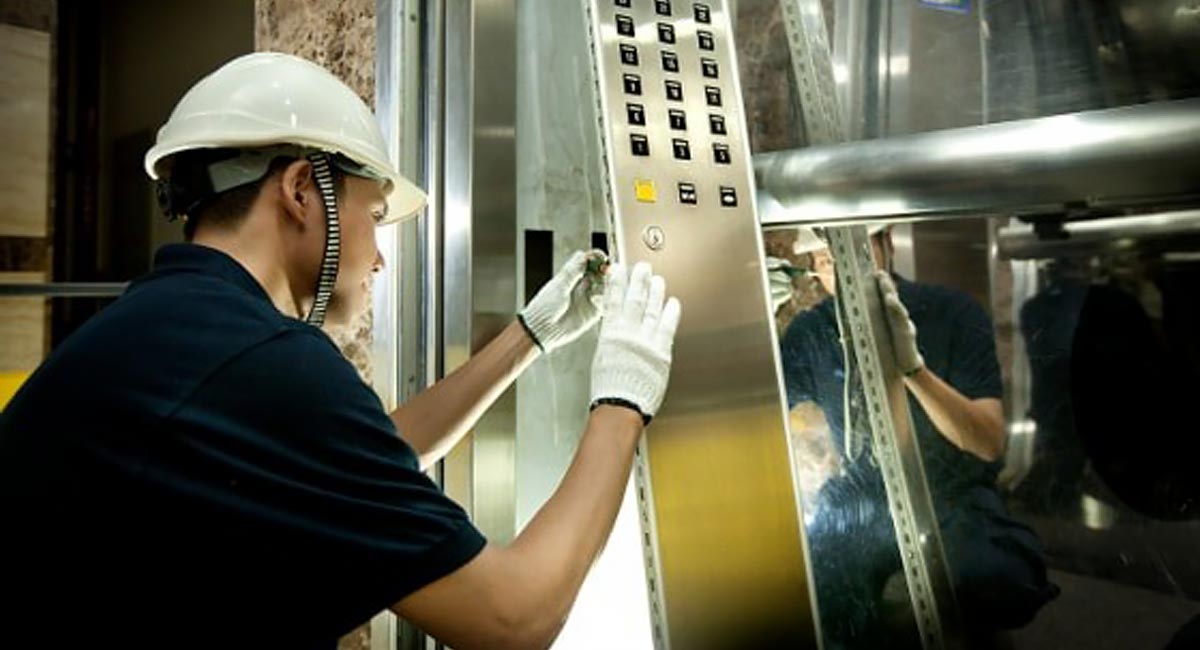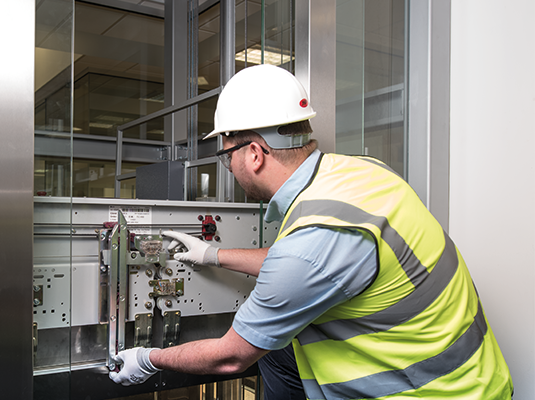Essential Elements to Think About for Lift Upkeep
When it comes to the safe and effective operation of elevators, considering important upkeep aspects is critical. It is crucial for constructing supervisors and maintenance personnel to stay ahead of these variables to maintain the lift's efficiency standards and compliance needs.
Regular Inspection Schedules

Conducting routine examinations not just improves the total efficiency of the elevator but additionally plays a vital function in following safety and security laws and market criteria. It ensures that the lift runs smoothly, reducing the risk of unanticipated breakdowns that might aggravation residents or concession security. In addition, regular assessments add to prolonging the life expectancy of the lift equipment, eventually minimizing maintenance prices and downtime.
To enhance the assessment process, numerous structure owners partner with certified lift upkeep companies that specialize in carrying out thorough analyses and supplying punctual upkeep solutions. By focusing on regular assessment routines, stakeholders can maintain the safety, integrity, and effectiveness of their elevator systems.
Proper Lubrication Strategies
Effective lubrication techniques are vital for maintaining the optimum efficiency and long life of lift components. Proper lubrication methods play a critical role in avoiding deterioration on moving components, decreasing friction, and guaranteeing smooth procedure of the lift system. When it comes to lift upkeep, making use of the ideal lubes in the right quantities at the recommended intervals is vital to preventing costly fixings and decreasing downtime.
To ensure appropriate lubrication, elevator professionals need to follow supplier guidelines regarding the sort of lube to be made use of for certain elements such as bearings, gears, and overview rails - lift maintenance company. Over-lubrication can draw in dust and particles, resulting in element breakdowns, while under-lubrication can create increased rubbing and early wear. Regularly set up lubrication upkeep need to be consisted of in the general elevator upkeep plan to maintain the system running news efficiently and safely
Keeping An Eye On Deterioration
Lift upkeep employees need to carry out regular examinations to determine signs of wear on vital elements such as ropes, sheaves, overview rails, and bearings. Additionally, keeping comprehensive upkeep documents can assist in tracking the wear patterns of lift components over time, allowing for predictive maintenance planning. By closely monitoring wear and tear, maintenance teams can deal with problems proactively before they intensify right into pricey repairs or unanticipated downtime, making certain the efficient and safe procedure of the elevator system.

Security Conformity Checks
Conducting thorough safety and security conformity checks is vital in ensuring the lift system satisfies his response all regulatory standards and functional demands. These checks likewise include verifying that the lift's capability limits, rate, and emergency interaction systems are in line with security standards. In addition, adherence to safety conformity checks can avoid crashes, minimize liability dangers for building proprietors, and extend the life-span of the elevator system.
Emergency Situation Reaction Preparation
Because of the critical value of safety compliance sign in maintaining lift systems, a durable emergency feedback planning method is extremely important to swiftly and effectively address unanticipated incidents. lift engineer course. Emergency situation response planning for elevators entails proactive steps to make certain the my response security of guests and upkeep personnel in case of emergency situations such as power outages, entrapments, or mechanical failings
Trick components of an effective emergency feedback strategy consist of establishing clear communication procedures, supplying normal training to team on emergency situation treatments, maintaining up-to-date emergency get in touch with listings, and performing regular drills to exercise response actions. Furthermore, it is vital to have designated personnel in charge of working with emergency situation feedbacks and making certain that necessary equipment, such as emergency lighting and communication devices, are in functioning order.
Verdict
Finally, it is critical to focus on normal examination timetables, correct lubrication methods, monitoring wear and tear, safety and security conformity checks, and emergency response preparation for lift upkeep. By applying these crucial aspects, structure owners can guarantee the safety and performance of their lifts, eventually decreasing the risk of breakdowns and accidents. Regular upkeep methods are vital for prolonging the lifespan of lifts and making sure the wellness of individuals that depend on them for transportation.
Frequently scheduled lubrication upkeep must be included in the overall lift maintenance strategy to keep the system running efficiently and securely.
Elevator upkeep personnel need to carry out regular assessments to identify indications of wear on key parts such as ropes, sheaves, guide rails, and bearings. In addition, keeping thorough maintenance documents can aid in tracking the wear patterns of lift components over time, enabling for anticipating maintenance preparation. By carefully monitoring wear and tear, upkeep groups can deal with concerns proactively before they intensify right into costly repair services or unexpected downtime, making sure the secure and effective procedure of the lift system.
